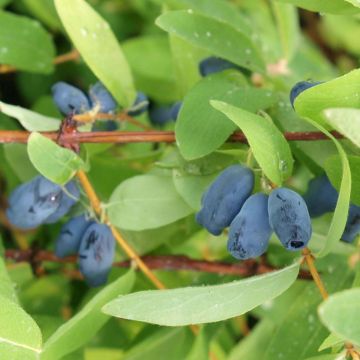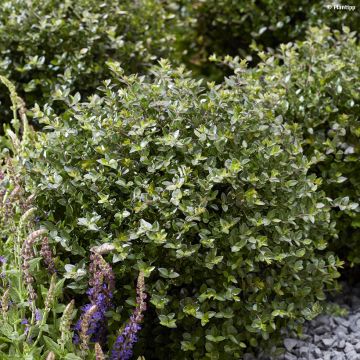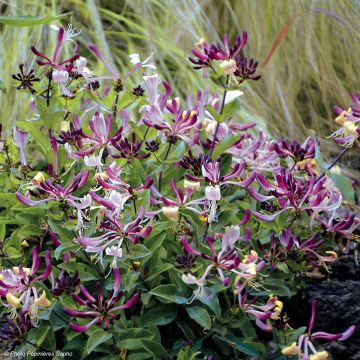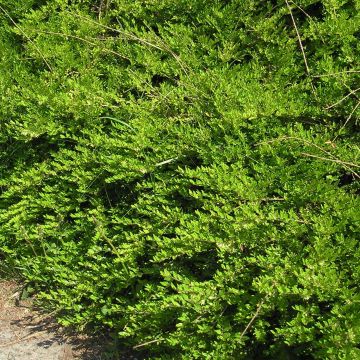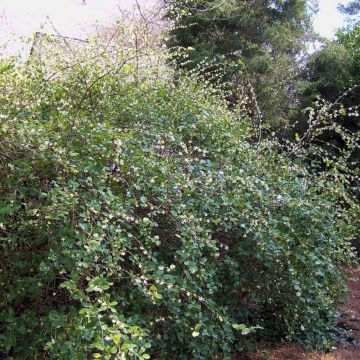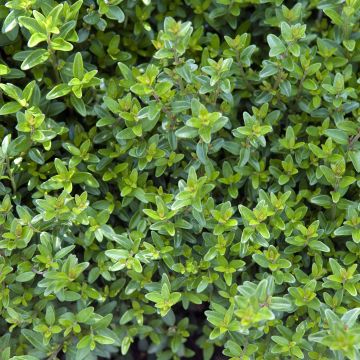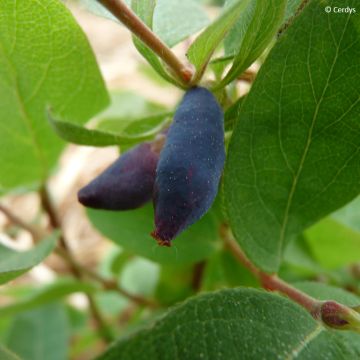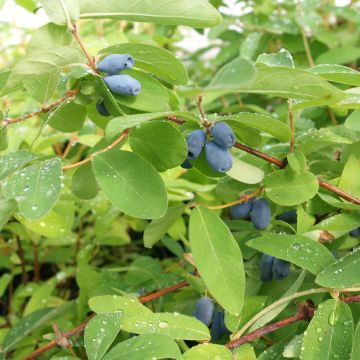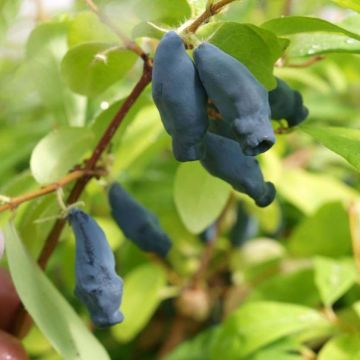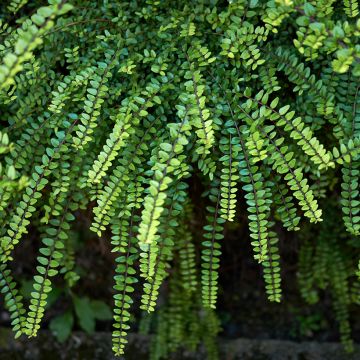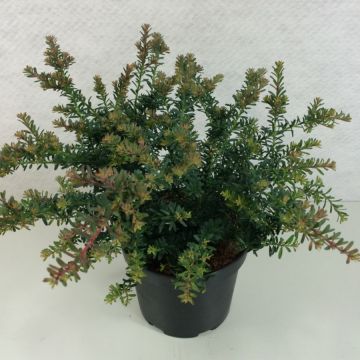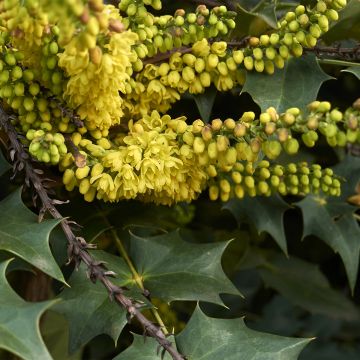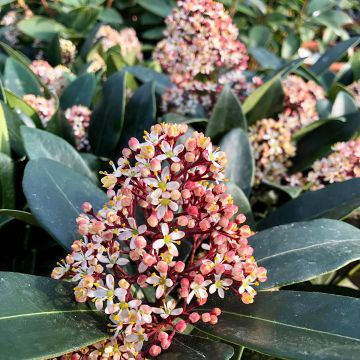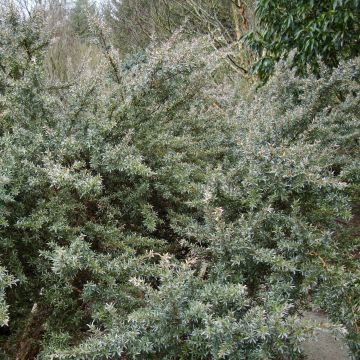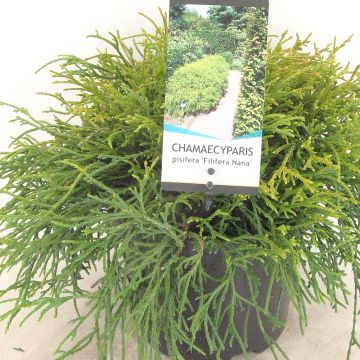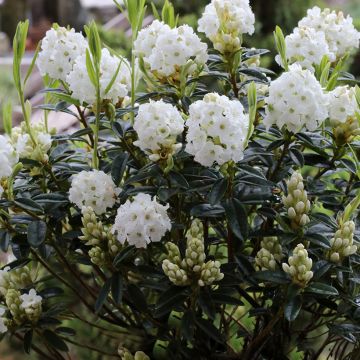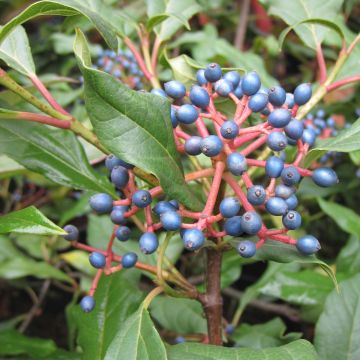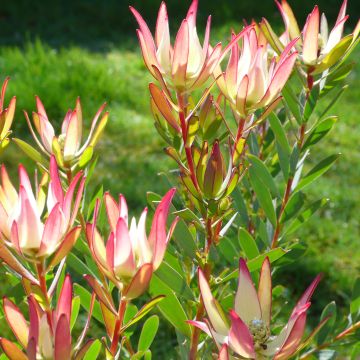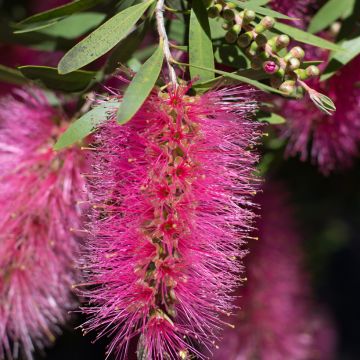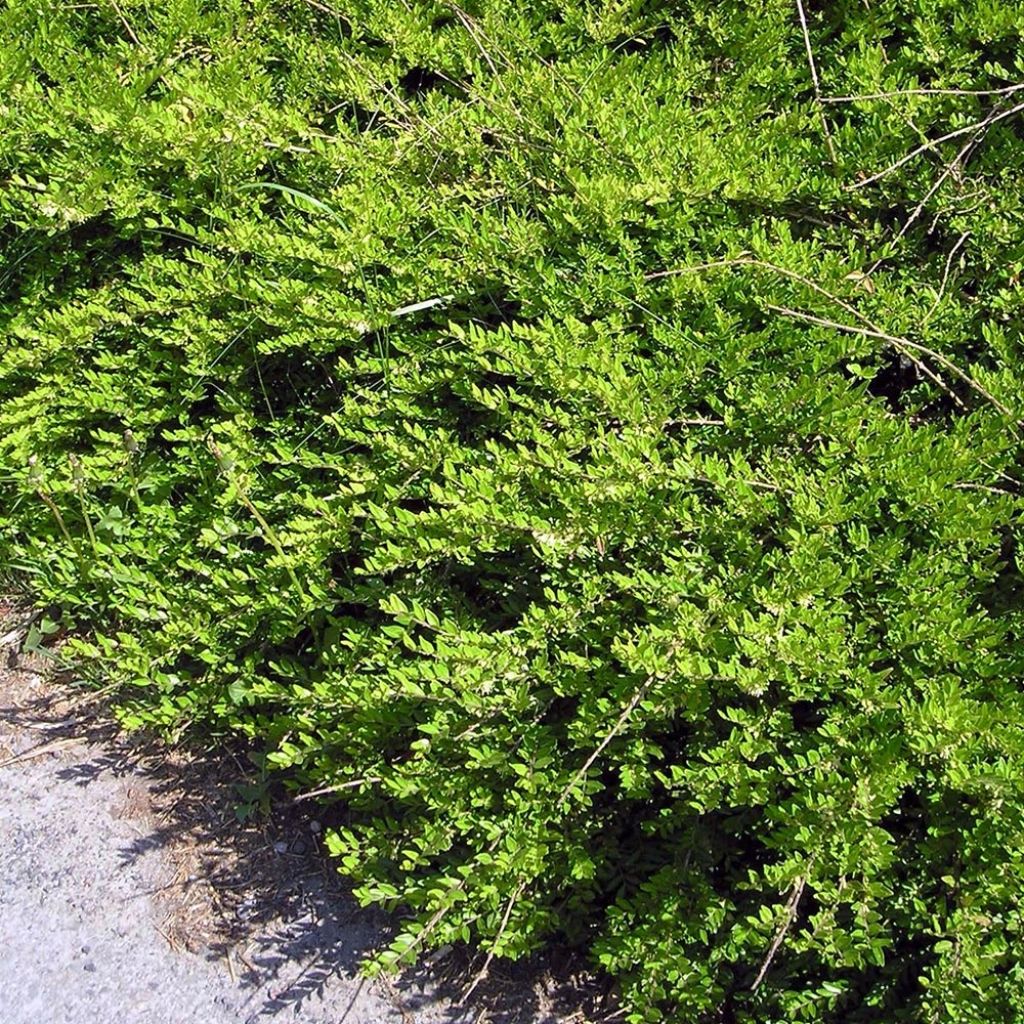

Lonicera pileata Mossgreen - Box Honeysuckle
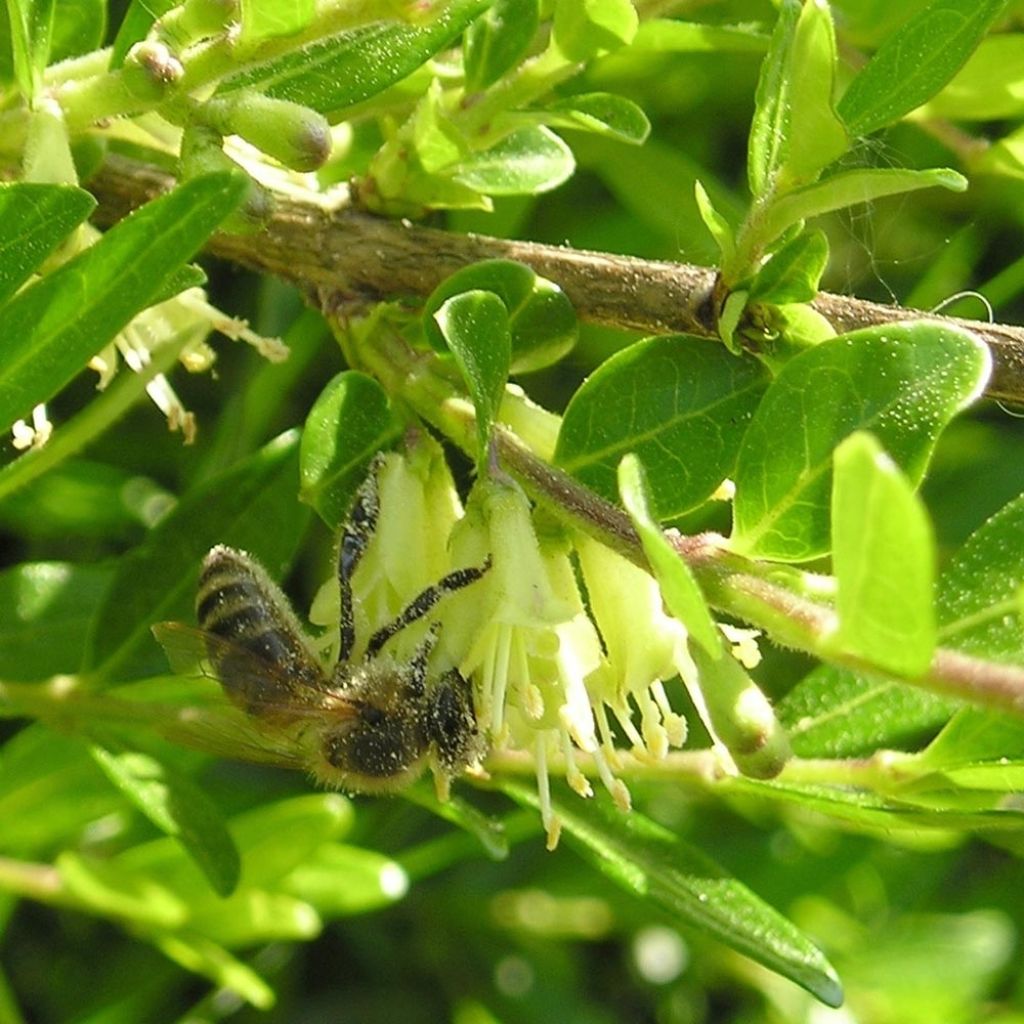

Lonicera pileata Mossgreen - Box Honeysuckle
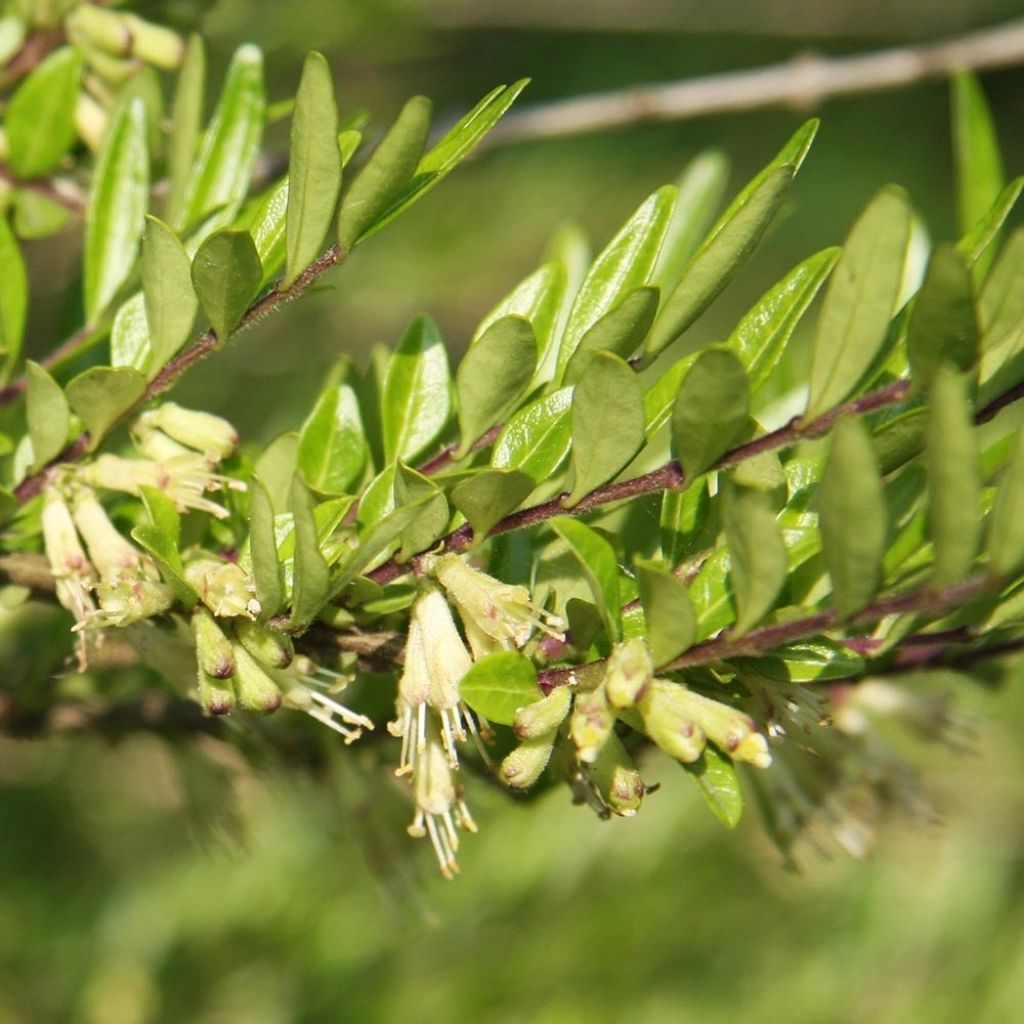

Lonicera pileata Mossgreen - Box Honeysuckle
Lonicera pileata Mossgreen - Box Honeysuckle
Lonicera pileata Mossgreen
Box-leaved Honeysuckle
Plants received in 7 cm pots instead of 1.5L pots. Height 10 cm max instead of the advertised 25 cm. So I will have to transfer them to my nursery. But otherwise, they are healthy.
Florent, 11/06/2024
This item cannot be shipped to the selected country
Delivery charge from €5.90
Delivery to Corse prohibited
More information
Delivery charge from €5.90
Delivery to Corse prohibited
More information
Schedule delivery date,
and select date in basket
This plant carries a 24 months recovery warranty
More information
We guarantee the quality of our plants for a full growing cycle, and will replace at our expense any plant that fails to recover under normal climatic and planting conditions.
From €5.90 for pickup delivery and €6.90 for home delivery
Express home delivery from €8.90.
Delivery to Corse prohibited: UE law prohibits the import of this plant from mainland France to Corse as part of the fight against Xylella fastidiosa. Please accept our sincere apologies.
More information
Does this plant fit my garden?
Set up your Plantfit profile →
Description
Lonicera pileata Mossgreen is an interesting variety of evergreen shrub honeysuck with a more spread out habit, denser growth, and wider glossy leaves. These characteristics make this evergreen shrub an elegant and very effective groundcover plant. Its discreet spring flowers give way to beautiful violet pearl-shaped berries. Perfectly hardy and undemanding, it is a sturdy and reliable plant with a neat appearance, which works well as groundcover under trees, in rock gardens, on slopes, along paths, or in neglected and hard-to-reach areas.
Native to the rather humid areas of western and central China, Lonicera pileata is a hardy, semi-evergreen to evergreen shrub that prefers rather moist soil. Like all honeysuckles, it belongs to the Caprifoliaceae family. This 'Mossgreen' variety grows faster than the wild species, reaching a height of 40 to 60 cm (15.7 to 23.6 in), with a spread of about 1.50 m (4 ft 11 in) or more depending on growing conditions.
The shrub honeysuckle Mossgreen has a particularly spread-out, almost flat, creeping and very dense habit. Its brown, almost horizontal branches bear leaves even in winter, unless it is very cold. Arranged in an opposite manner on the stems, they are small and leathery, ovate, dark olive green, glossy, and measure 1.3 cm (0.5 in) long. The tiny white-cream tubular flowers, are insignificant but slightly fragrant and appear in spring, in pairs, nestled in the axil of the leaves. They are visited by bees. After pollination, small violet fruits form, truly decorative, ripening in late summer or autumn. They are toxic to humans but appreciated by birds. This fruiting will of course be compromised by severe pruning.
The shrub honeysuckle Mossgreen tolerates many growing conditions, except arid situations, and is very versatile. Primarily a foliage plant, it will be very useful to create large areas of groundcover, for the stabilization of slightly unattractive slopes, bordering a path, or in large rock gardens. It will thrive even in the shade of a woodland, as long as the soil does not dry out too much in summer. You can plant it on a slope or in a large rock garden with other groundcover plants such as low-growing roses (Rosa grouse The Fairy, or Little White Pet), St. John's wort, golden Lonicera nitida, creeping Euonymus fortunei , or creeping Cotoneasters.
Lonicera pileata Mossgreen - Box Honeysuckle in pictures
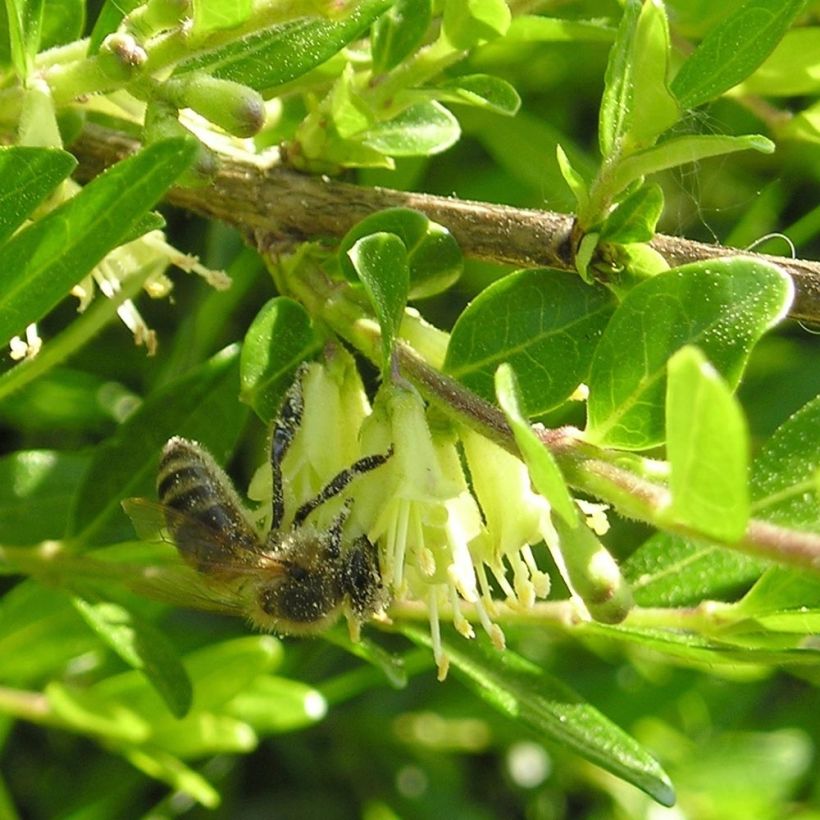

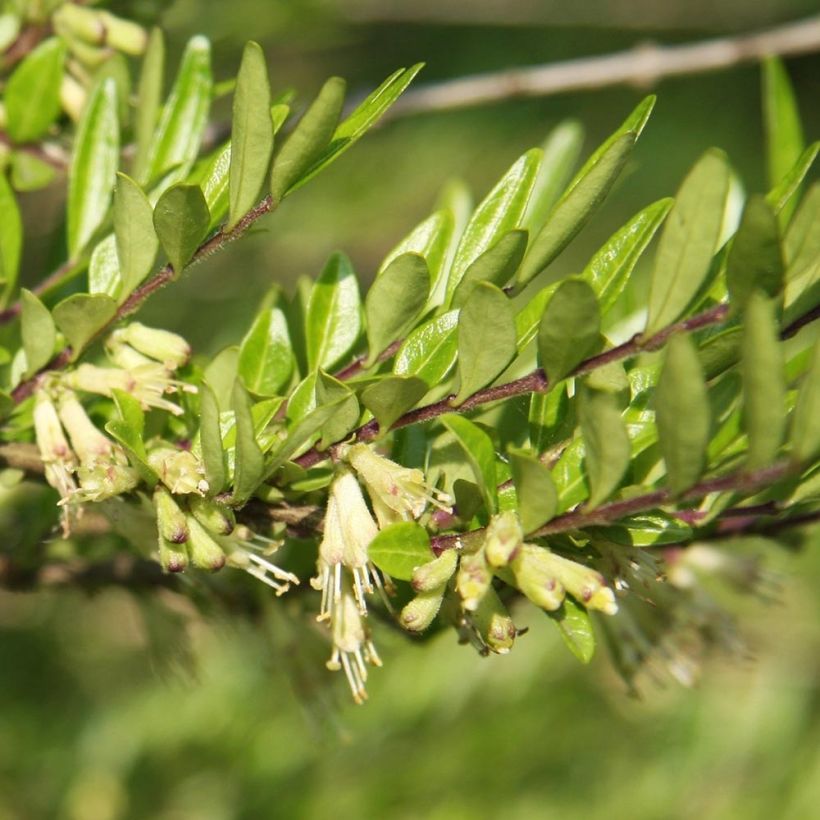

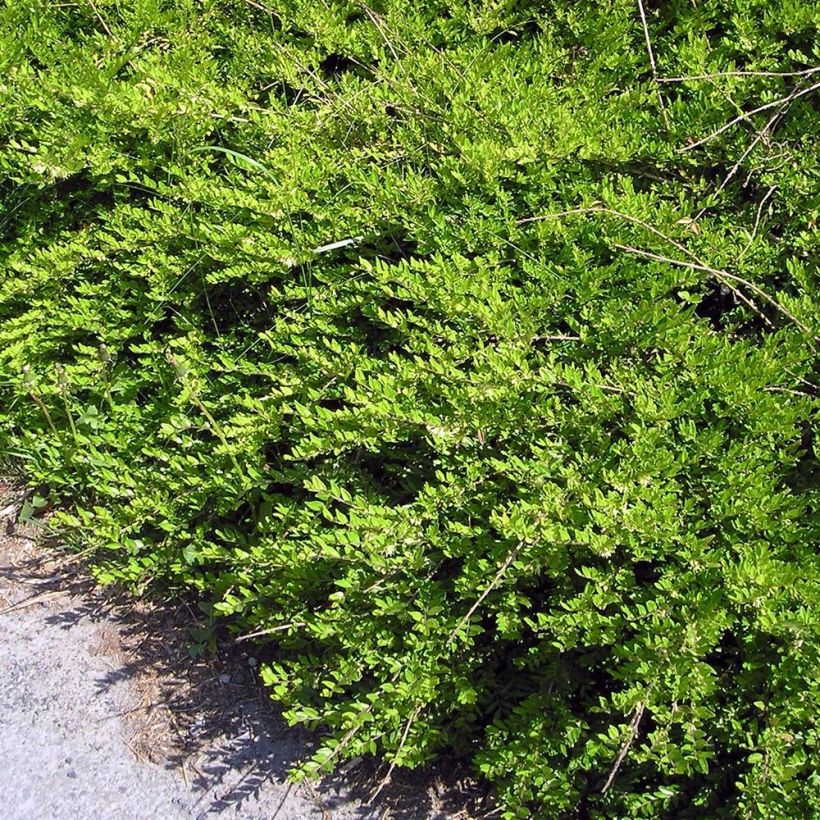

Plant habit
Flowering
Foliage
Botanical data
Lonicera
pileata
Mossgreen
Caprifoliaceae
Box-leaved Honeysuckle
Cultivar or hybrid
Other Honeysuckle
Planting and care
Plant Lonicera pileata Mossgreen in any type of soil, even limestone, away from scorching sunlight, in partial shade or even in shade (if not too dense shade). It dislikes arid situations and long periods of drought, as well as heavy and waterlogged soils. Water for the first year from April to late September every 8 to 15 days depending on rainfall. Prune the longest branches every year to balance the shrub and give it a rounded shape. Old and withering branches can be cut at the base during the winter. Allow 80 cm (31.5 in) of distance between plants for when planting in hedges or rockeries. This honeysuckle is resistant to atmospheric pollution, making it a good plant for a city garden.
Planting period
Intended location
Care
Evergreen shrubs
Haven't found what you were looking for?
Hardiness is the lowest winter temperature a plant can endure without suffering serious damage or even dying. However, hardiness is affected by location (a sheltered area, such as a patio), protection (winter cover) and soil type (hardiness is improved by well-drained soil).

Photo Sharing Terms & Conditions
In order to encourage gardeners to interact and share their experiences, Promesse de fleurs offers various media enabling content to be uploaded onto its Site - in particular via the ‘Photo sharing’ module.
The User agrees to refrain from:
- Posting any content that is illegal, prejudicial, insulting, racist, inciteful to hatred, revisionist, contrary to public decency, that infringes on privacy or on the privacy rights of third parties, in particular the publicity rights of persons and goods, intellectual property rights, or the right to privacy.
- Submitting content on behalf of a third party;
- Impersonate the identity of a third party and/or publish any personal information about a third party;
In general, the User undertakes to refrain from any unethical behaviour.
All Content (in particular text, comments, files, images, photos, videos, creative works, etc.), which may be subject to property or intellectual property rights, image or other private rights, shall remain the property of the User, subject to the limited rights granted by the terms of the licence granted by Promesse de fleurs as stated below. Users are at liberty to publish or not to publish such Content on the Site, notably via the ‘Photo Sharing’ facility, and accept that this Content shall be made public and freely accessible, notably on the Internet.
Users further acknowledge, undertake to have ,and guarantee that they hold all necessary rights and permissions to publish such material on the Site, in particular with regard to the legislation in force pertaining to any privacy, property, intellectual property, image, or contractual rights, or rights of any other nature. By publishing such Content on the Site, Users acknowledge accepting full liability as publishers of the Content within the meaning of the law, and grant Promesse de fleurs, free of charge, an inclusive, worldwide licence for the said Content for the entire duration of its publication, including all reproduction, representation, up/downloading, displaying, performing, transmission, and storage rights.
Users also grant permission for their name to be linked to the Content and accept that this link may not always be made available.
By engaging in posting material, Users consent to their Content becoming automatically accessible on the Internet, in particular on other sites and/or blogs and/or web pages of the Promesse de fleurs site, including in particular social pages and the Promesse de fleurs catalogue.
Users may secure the removal of entrusted content free of charge by issuing a simple request via our contact form.

































